Meet the artist whose fantastical creations reimagine folklore for modern times
Polina Osipova’s signature object is a pearl and silk ribbon headpiece reminiscent of something from a Russian folk tale. Only, it’s adorned with two surveillance cameras. It was inspired by the female heroines of Russian fairy tales who frequently had powers to see beyond their physical location, but with a timely, witty take on pop culture and ubiquitous modern-day surveillance. Osipova belongs to a new generation of artists and makers who fuse craftsmanship and visual storytelling to create their own universe — although for the 21-year-old, heritage remains a major influence.
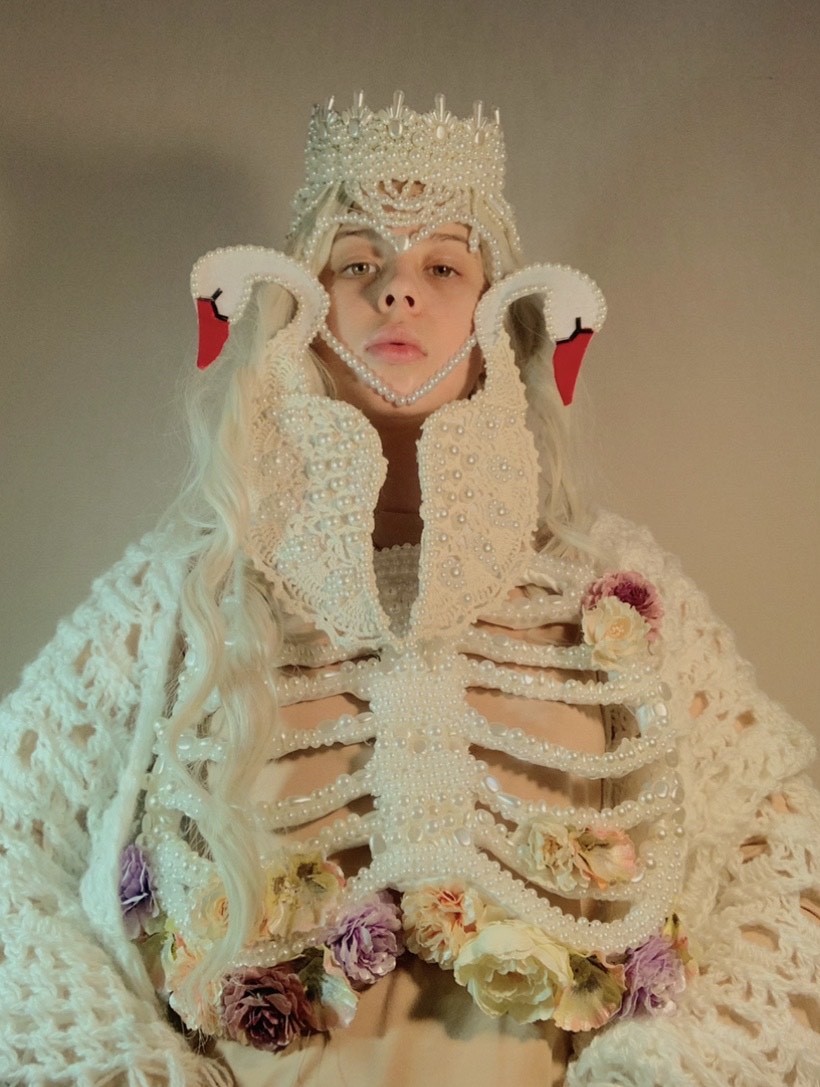
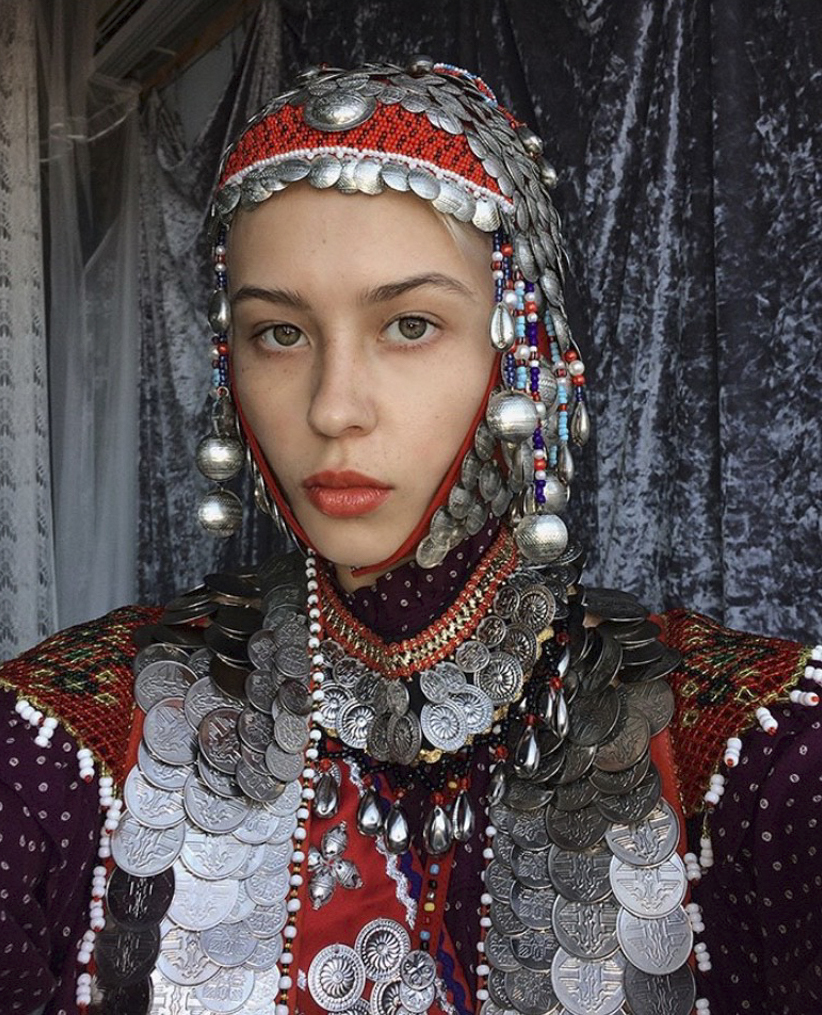
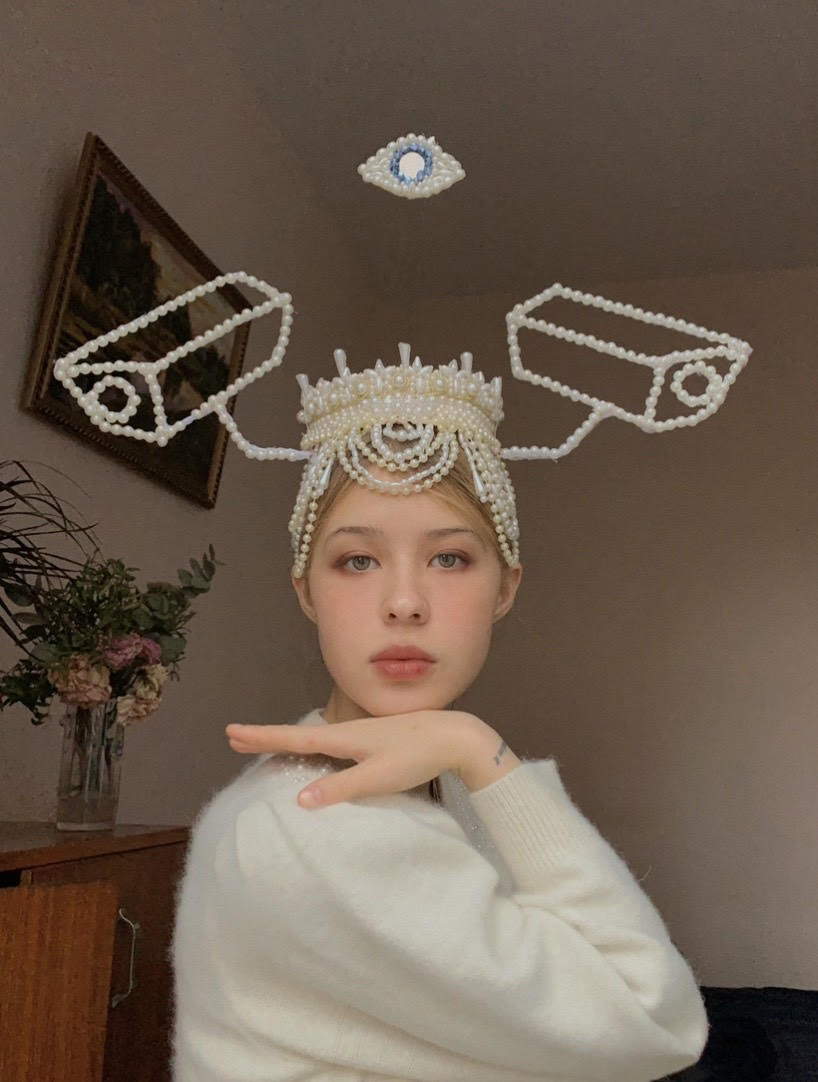
Today, traditional crafts are going through a resurgence. The rise of sustainable design means that people are more interested in the skills, materials, and history which come with the garments they wear. But for this new generation of makers, digital technologies are also an unlikely aide, with photography, moving image, and social media placing their intricate creations within a bigger picture. Osipova’s hand-crafted millinery, jewellery, and clothing are all elements of a visual narrative which reimagines folklore amid a new and wider world.
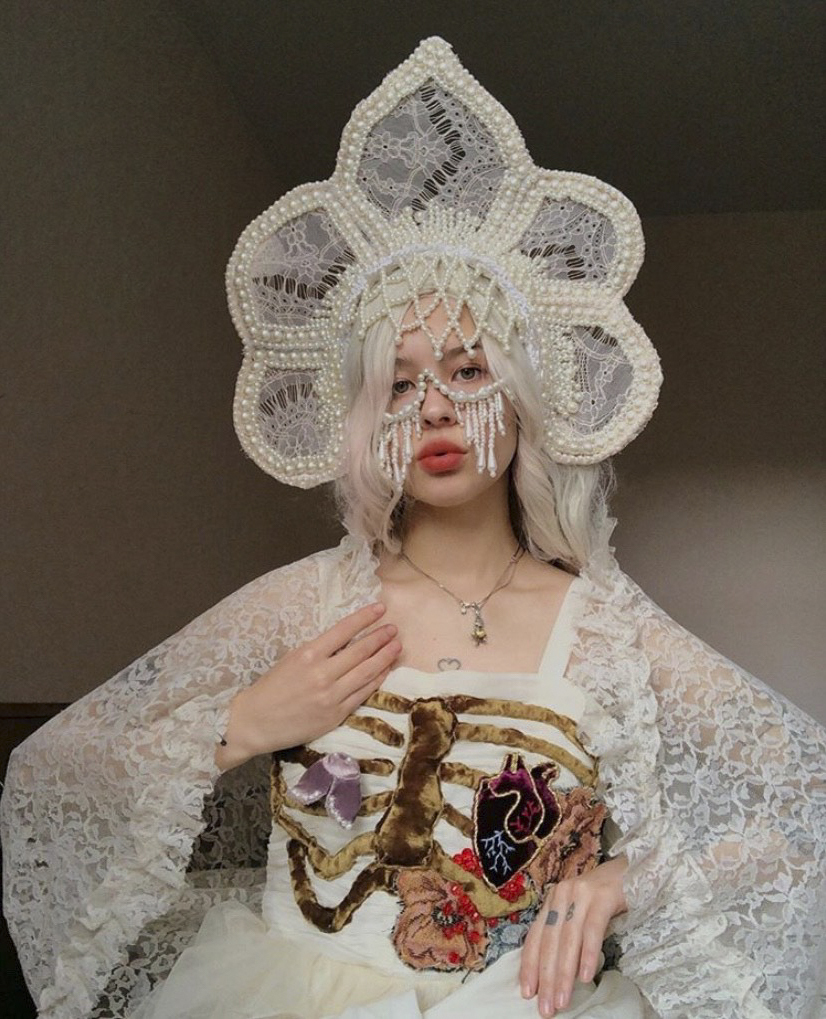
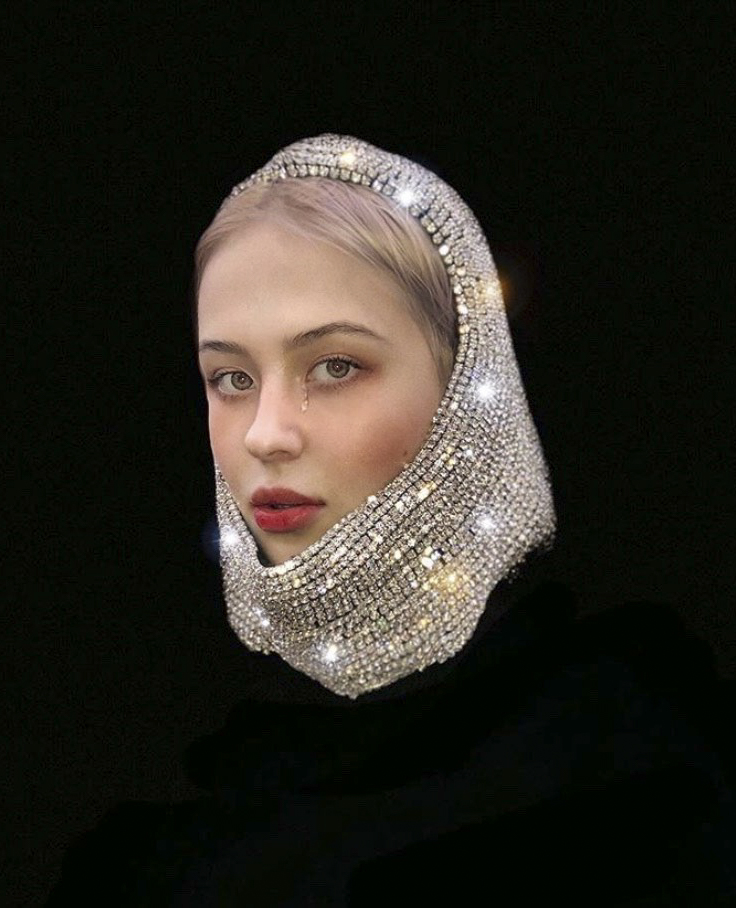
Based in St Petersburg, Osipova originally hails from Chuvasia: a region to the west of the Volga river. It is home to Chuvash people, a Turkic ethnic group with a rich and unique culture. Embroidery plays a significant role in the Chuvash tradition and Osipova decided to take it up because it runs in her family. “All of the women in my family practiced embroidery; I have ornaments from my Chuvash great-grandmothers. When I was 16, I bought a pink silk kimono in a thrift store and embroidered it with my coming-of-age story. I consider it my first serious work. I make every single piece by hand, down to the last bead. I never studied design. It just comes from my family history, and it has taken years of practice to perfect my technique,” she explains.
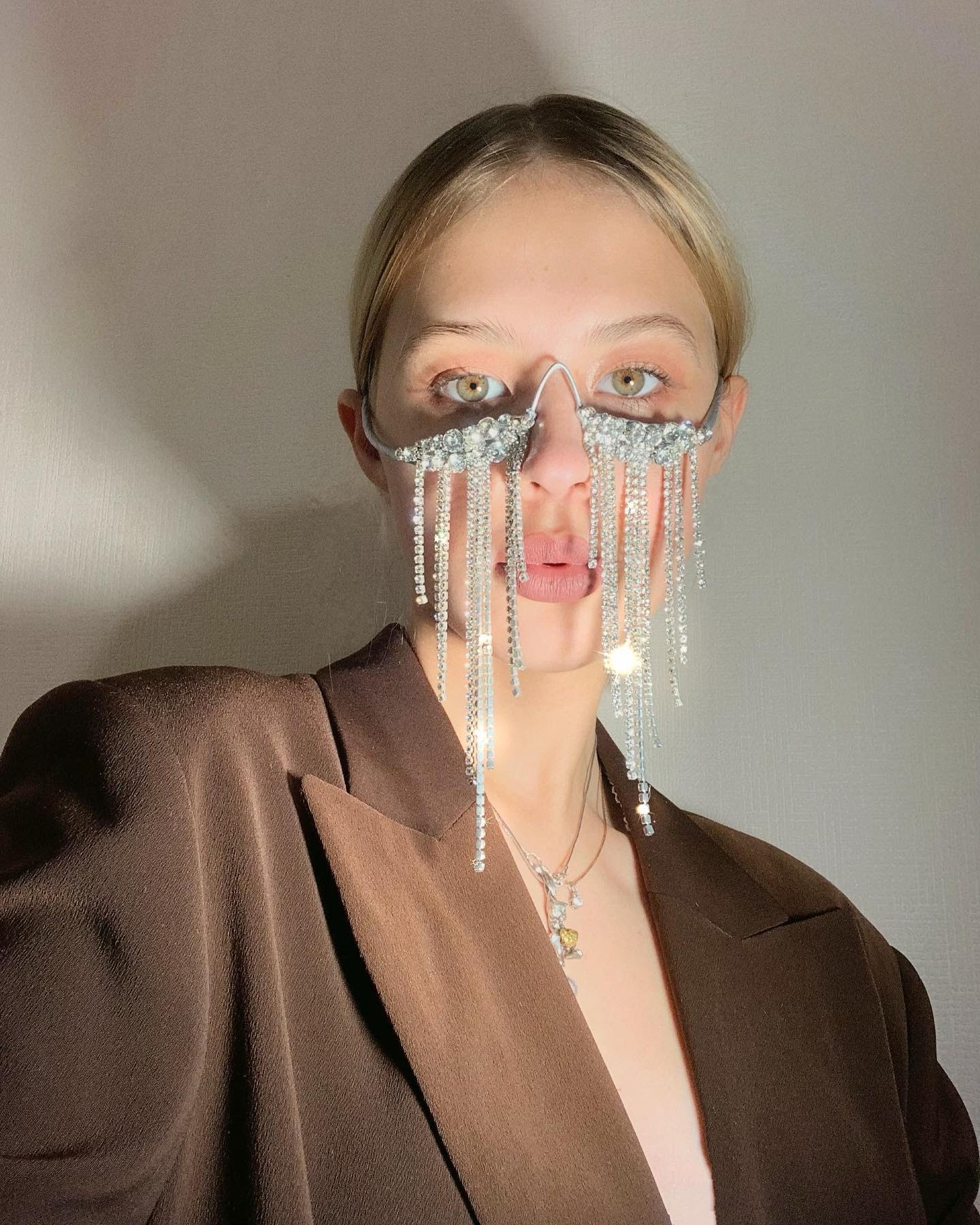
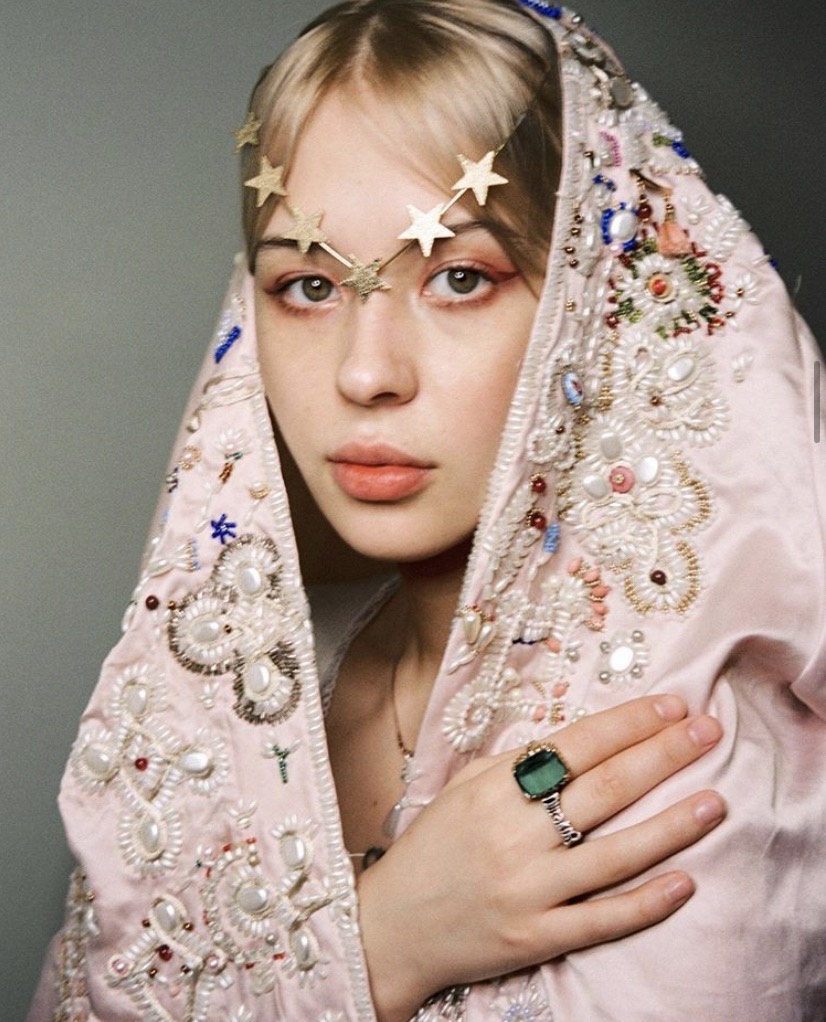
“A lot of my inspiration comes from childhood,” she continues. “In the summer, I used to stay with my grandmother in a remote village in Chuvashia, and she used to tell me fairytales before bed. They were so scary that I couldn’t fall asleep till early hours when she was up to milk the cows. When she’d run out of Russian fairy tales, she started telling me Chuvash tales and stories which happened in neighbouring villages. I’ve always been mesmerised by the symbolism and mysticism of the stories, and I also see a kind of cool feminism in Russian fairy tales.”

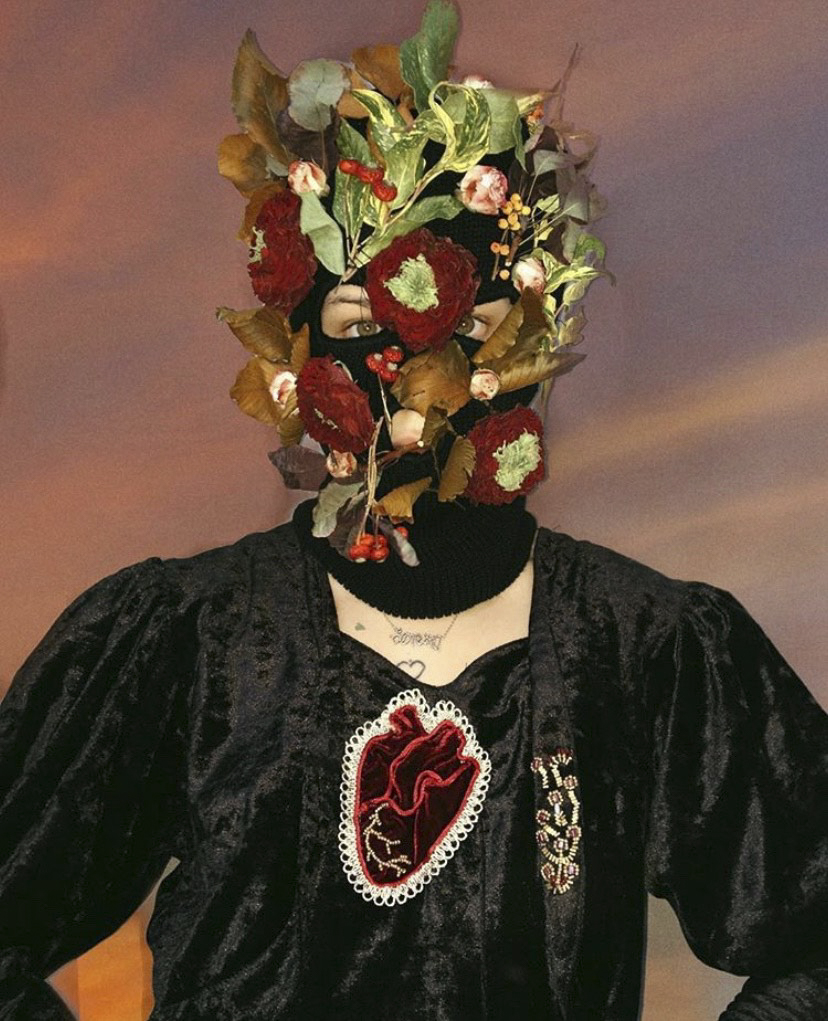
Certain pieces are directly inspired by Chuvash traditional culture, like headpieces adorned with dozens of silver coins, and a series of face jewellery pieces called Tears. Comprising of under-eye jewellery crafted from beads or rhinestones, the collection is inspired by “the bride’s cry” at traditional Chuvash wedding ceremonies, a sad parting song which the bride-to-be performs for her family.
At the same time, Osipova’s creativity doesn’t only centre on tradition, but also her own story and perception of the world. “For me, art is a way of self-exploration. I feel like I have explored myself from the Russian side, and now I am planning to explore the Chuvash side,” she says. “This year, I would like to focus on creating a multi-dimensional exhibition project, something truly special”.